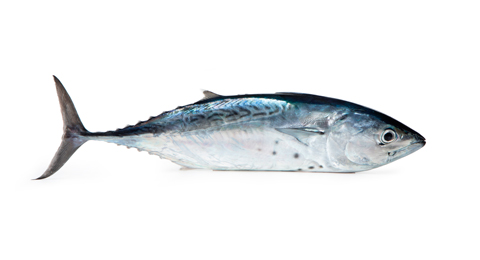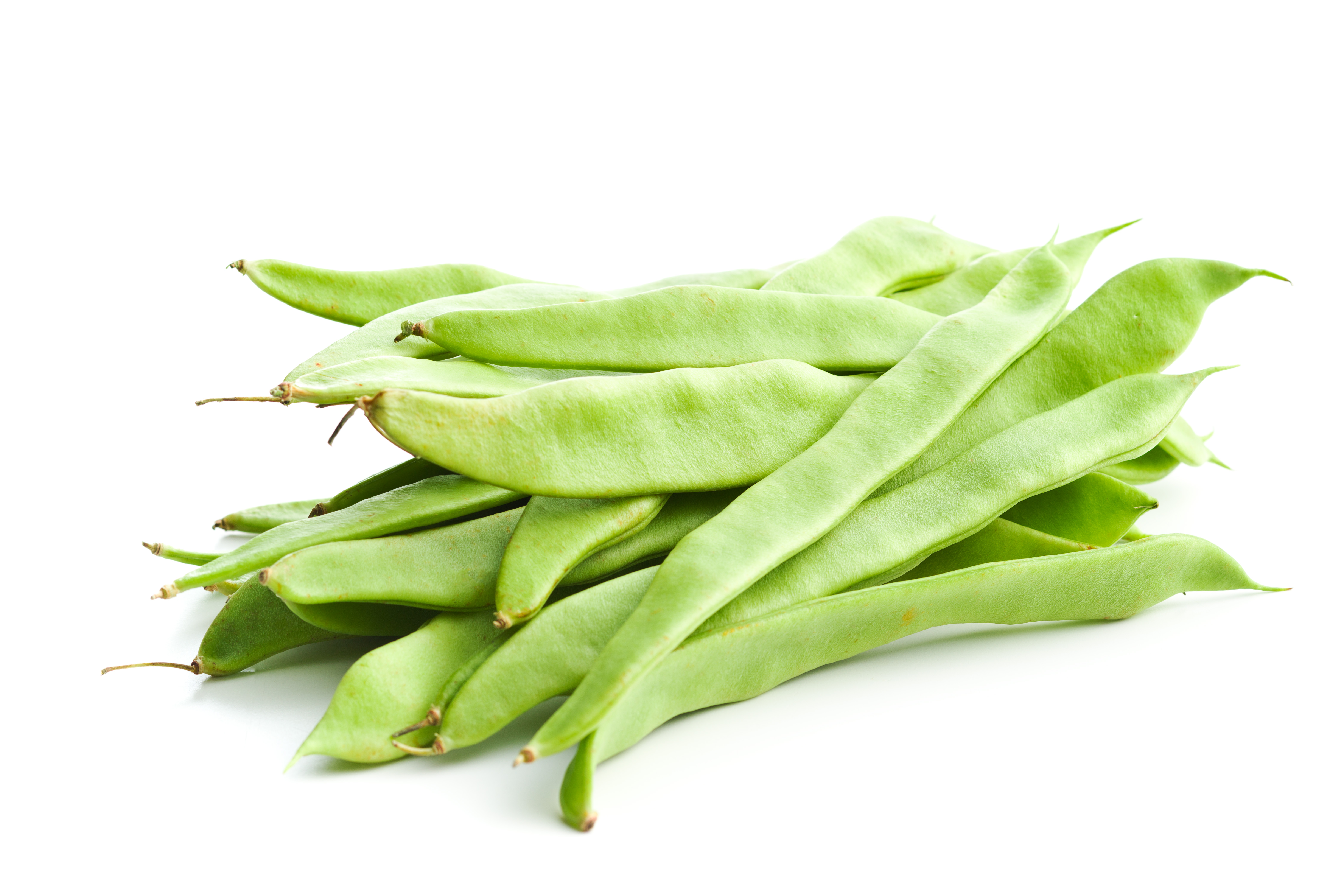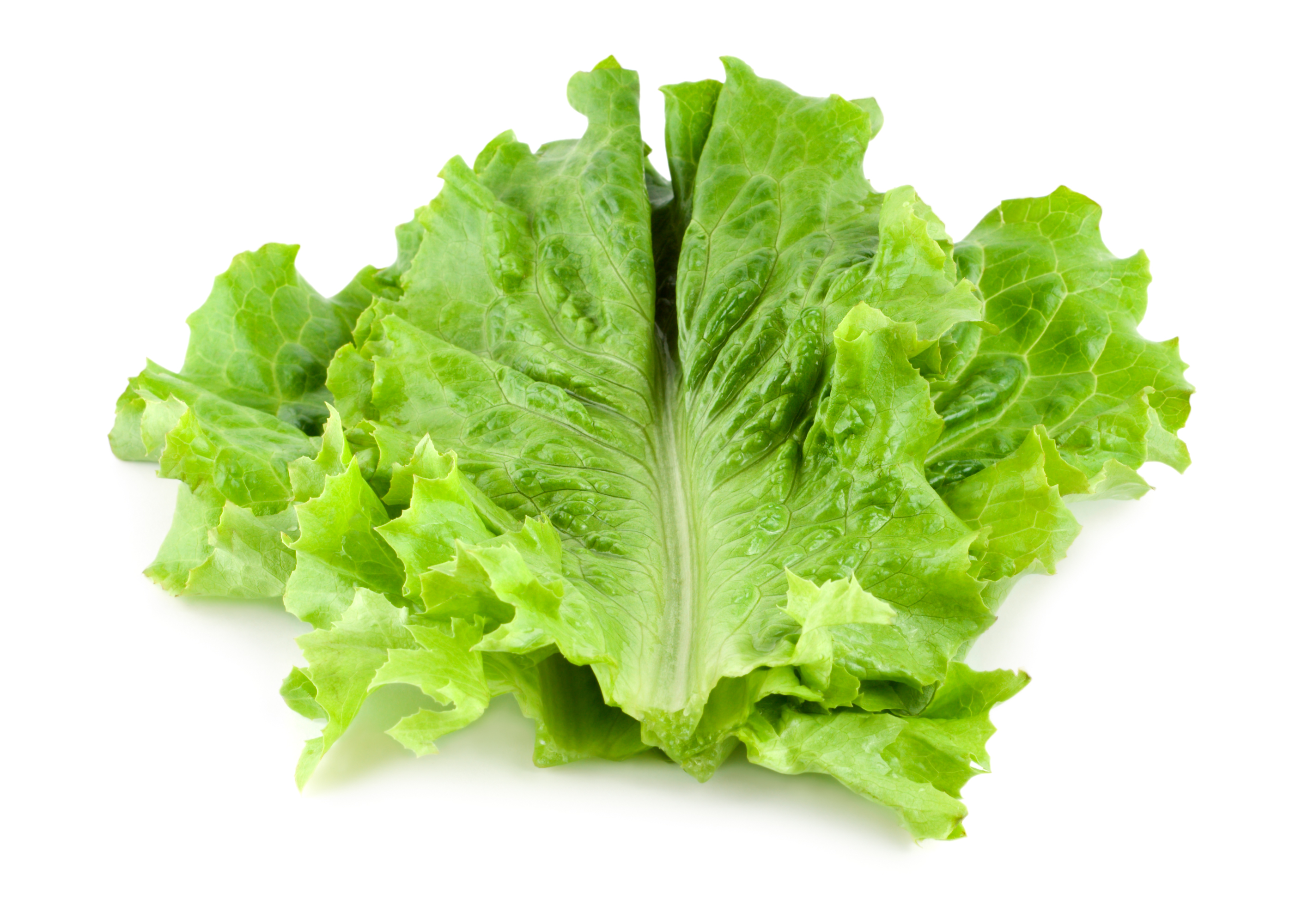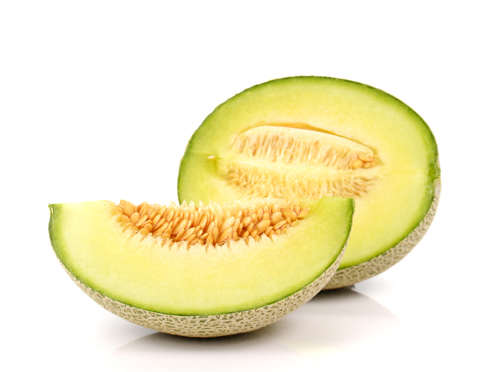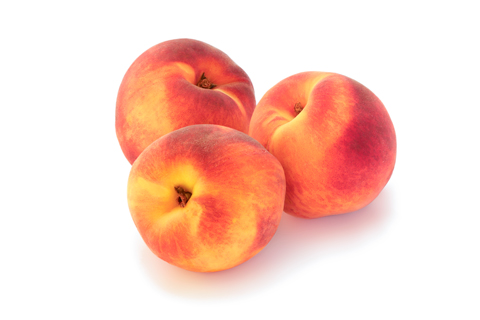Watermelon
Watermelon is the fruit with the highest water content, practically 95% of its weight is water. It originates from ancient Egypt 5,000 years ago but gradually expanded until the Arabs introduced it to the peninsula.
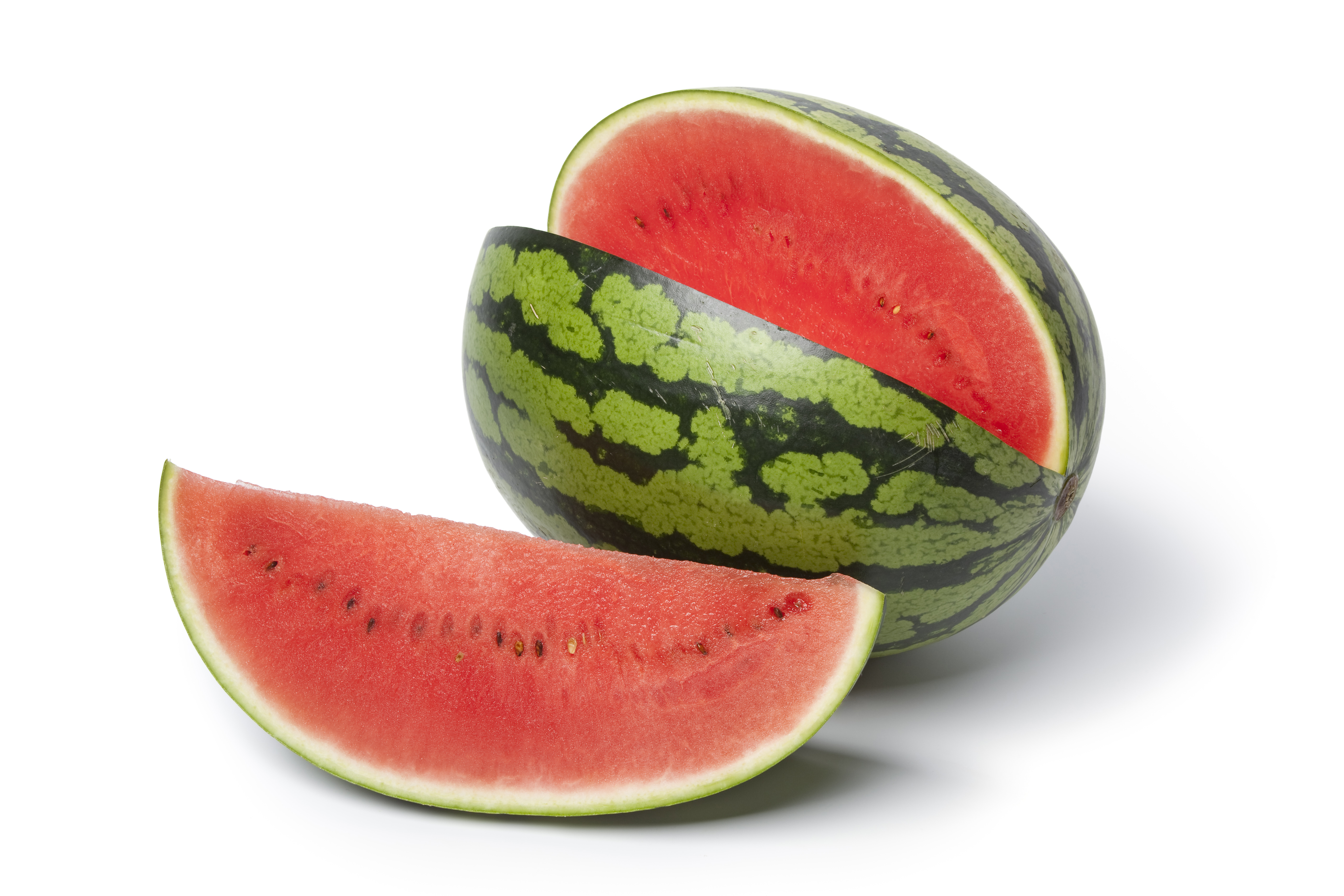
-
Thanks to its high water content, watermelon is one of the most hydrating foods there are. A couple of slices of watermelon is equivalent to a glass of water. It’s rich in vitamins and minerals and therefore helps the body in a series of metabolic processes:
- Skin maintenance.
- Bone-structure growth and maintenance.
- Central nervous-system regulation.
In addition, it has diuretic and purifying effects and helps to prevent heart problems, among other things.
-
It was mainly used in desserts, but it has been used increasingly over the last few years in more “savoury” dishes, such as grills and salads.
-
In addition to every kind of summer gazpacho combined with tomato, strawberries, melon, beetroot and other greens, and flavoured with mint or other herbs such as basil, we can make a jam with its peel (better with bits of flesh on) leaving it covered overnight in a mixture of water with salt. Mix it the following day with water, cider vinegar, sugar, a piece of cinnamon, a teaspoon of mustard seeds and 2 cloves, if you have any. Cover with a lid and boil for 30 minutes, remove the lid and reduce for 5-10 minutes until the peel becomes transparent.
We can also make candied watermelon rind to add to pa de pessic [a Catalan sponge cake], plum-cake, tortell de Reis [Catalan Twelfth Night Cake] and other specialities.
Incidentally, we can use the green part of watermelon peel finely sliced and fried like chips.



